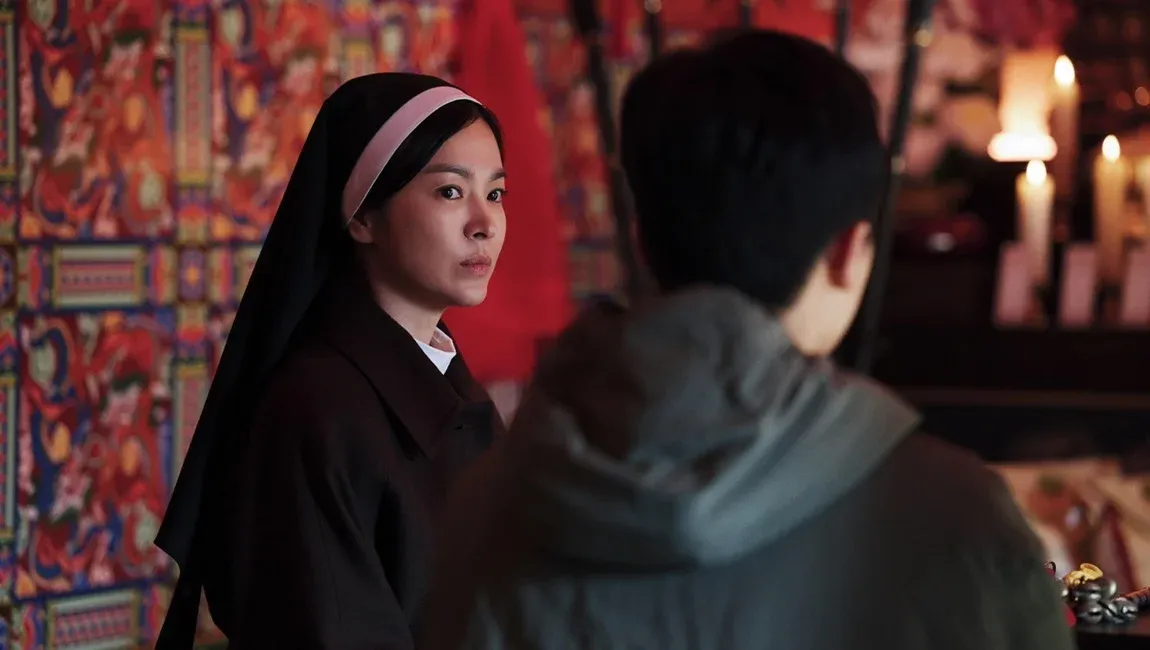Dark Nuns
The theology of Dark Nuns stands apart from the usually strong Christological theologies that the exorcism genre has stood on for decades.

The exorcism and possession subgenre has been at a creative stall basically since its heyday in the 1970s. The panoply of genre tropes looks more or less the same as it did several decades ago: demons taking control of human bodies, rare excursions of altered voices and special effects, edgy priests, bypassing the slow and burdensome bureaucracies of the Catholic Church’s rite of exorcism to react quicker to urgent possessions, and themes of belief and sacrifice. These are the essentials. The genre’s high point coincided with the climax of liberal thought, and on the heels of the Civil Rights Movement and its emphasis on autonomy and liberty, and it has persisted long enough to discover new metaphors for the genre to wrap around — and then lose them all over again. It’s a genre in need of a makeover.
The Priests, the 2015 South Korean film directed by Jang Jae-hyun, changed things up by bringing in the Rosicrucian sect, a quasi-religious and esoteric theosophical movement somewhat akin to the Freemasons. They keep exorcism a Catholic ritual, at least mostly, but they serve it in a new and debatably heretical flavor. That film was successful enough for a spinoff, and writer-director Kwon Hyeok-jae was handed the keys to the newly minted franchise. Dark Nuns, the sequel that doesn’t require any prior knowledge of the franchise, freshens things up by centering two women instead of the usual masculine priests in their struggle to convince the church of the need (and urgency) for the exorcism of a young boy.
Continue reading at In Review Online.